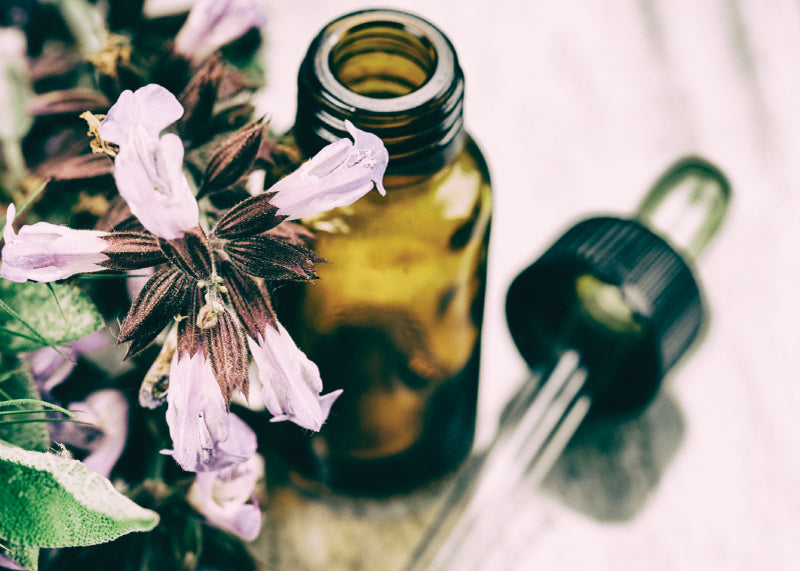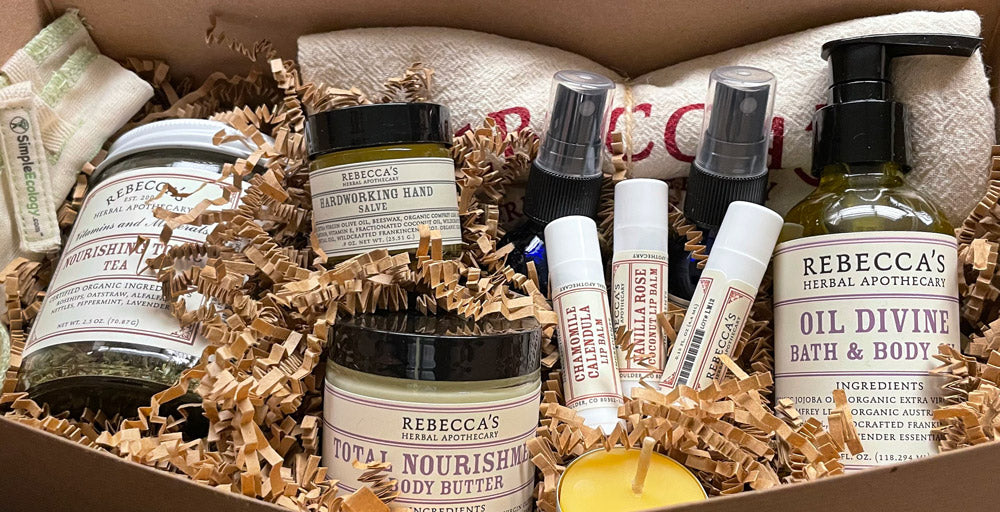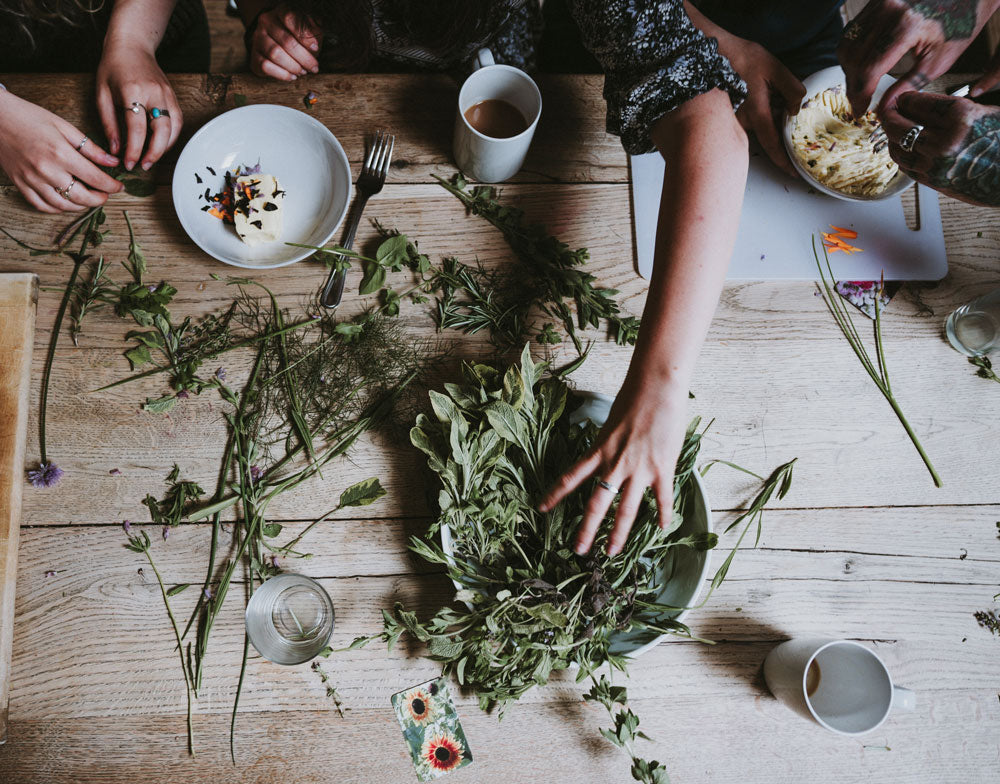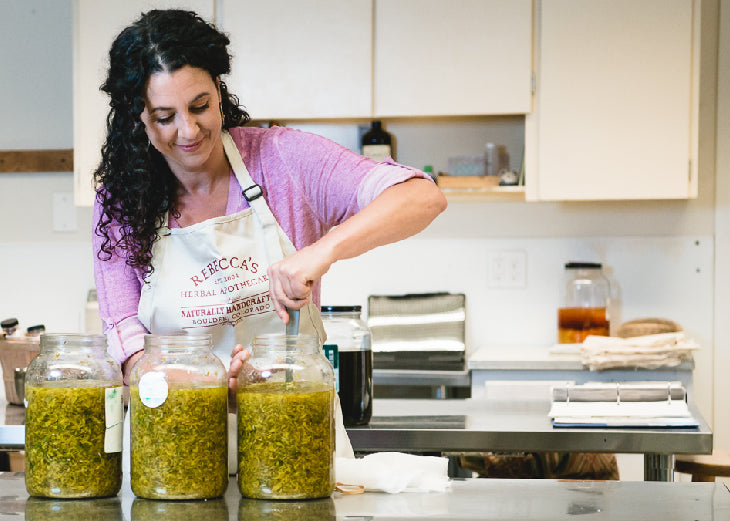Herb Article
Echinacea
By Katie Rose Browning, Certified Herbalist

Herb
Echinacea
Latin Name
Echinacea angustifolia
Family
Asteraceae
Common names
Western Purple coneflower, Narrow leaf Echinacea, Snakeroot
Parts used
Root (the E. purpurea species also has medicinal action in the aerial parts and flower)
Medicinal Properties
One of the most important herbs of North America, Echinacea angustifoia as well as E. purperea, E. pallida and E. paradoxa have been considered a sacred herb to many American Indian cultures for centuries. It was included in the US pharmacopeia in the early 20th century and was an important remedy used by both the Eclectics and homeopaths as well as 'root doctors' of rural America. By the "1920's it was the most widely used botanical agent in America".
Echinacea stimulates the immune system by activating macrophages and elevating white blood cell levels in the body and can help inhibit the ability for viruses to enter and take over the cell. It is a fabulous antiseptic, anti-bacterial, and anti-fungal. Echinacea is traditionally used for the onset of colds & flu's, sore throats, respiratory infections, cystitis and other acute infections. Echinacea angustifolia has been researched to be effective against Streptococcus, Staph and may help reduce the reproduction rate of fungal infections such as candida and vaginitis. It works strongly on moving the lymph and is specific for septic conditions that occur in the blood; especially deriving from poisonous bites and stings (hence it's common name "snakeroot'). As a diaphoretic, Echinacea helps stimulate circulation and sweating and supports a fever to do its job. Its anti-inflammatory actions help relieve symptoms caused from infectious stage of an illness. Echinacea also helps relieve allergic reactions and symptoms by working with histamine response. Overall, it is an amazing herb that everyone should know; however as it is a stimulating herb, it should be used with respect and taken only when indicated as opposed to a daily tonic.
Energetic: Sweet, Cool and strongly diffusive
Precautions & Contra-indications
Echinacea in general should not be taken by persons dealing with auto-immune disorders and has been shown interfere with medications taken for HIV and TB.
Preparations & Applications
Tea/Decoction
Use 1 tbsp. per 1 cup of water, bring to a boil over stovetop, then turn to low and simmer 15-45 min depending on desired strength. Note: for a strong medicinal decoction for dealing with mouth abscesses and dental issues simmer for up to 2 hrs.
Tincture
Use 30-40 drops every couple of hrs for acute infections or 3 x daily for sub acute. The tincture can also be applied topically to bites, stings, boils and abscesses.
Serious Sore Throat Decoction
1 part Echinacea angustifolia root
1part Elderberry
1/2 part Cinnamon chips
1 small Osha root (which can be decocted then removed, dried and used again!)
Simmer one tablespoon of this combination in 8 oz (1 cup) of water for 15-30 minutes. Strain and drink
Resources
Encyclopedia of Herbal Medicine by Andrew Chevallier
Medical Herbalism by David Hoffman
The Book of Herbal Wisdom by Matthew Wood
The Complete Floral Healer by Anne McIntyre




